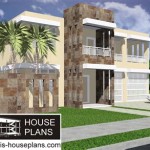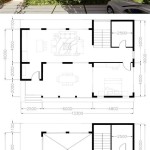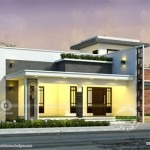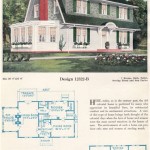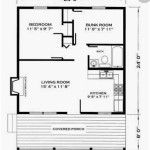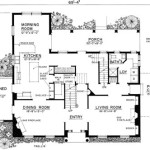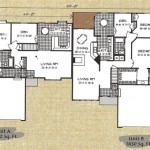Essential Aspects of Subterranean Concrete House Plans
Subterranean concrete houses, also known as earth-sheltered homes, offer a unique and sustainable approach to residential architecture. These homes are designed to be partially or fully embedded within the earth, providing numerous advantages in terms of energy efficiency, durability, and environmental impact. If you are considering building a subterranean concrete house, here are some essential aspects to keep in mind:
Site Selection and Soil Conditions
The first crucial aspect of designing a subterranean concrete house is selecting a suitable site. The soil conditions must be carefully evaluated to ensure proper drainage and stability. Soil with good bearing capacity and low moisture content is ideal. The site should also be well-drained and free from any potential water sources, such as springs or underground streams.
Structural Design and Waterproofing
Subterranean concrete houses require specialized structural design to withstand the earth's pressure and moisture. The foundation and walls are typically constructed using reinforced concrete, which provides exceptional strength and durability. Waterproofing is critical to prevent water infiltration, which can compromise the integrity of the structure. This is achieved through a combination of sealants, membranes, and drainage systems.
Ventilation and Lighting
Proper ventilation is essential for maintaining a healthy and comfortable indoor environment in subterranean concrete houses. Air circulation helps remove moisture, prevents mold growth, and provides fresh air. This can be achieved through a combination of passive ventilation (openings and vents) and mechanical ventilation (fans and ducts). Natural lighting is also important, and can be maximized through large windows and skylights facing above-ground areas.
Thermal Insulation and Energy Efficiency
Subterranean concrete houses naturally exhibit excellent thermal insulation due to the earth's surrounding mass. This helps maintain a stable indoor temperature, reducing heating and cooling costs. Additional insulation can be added to further enhance energy efficiency, reducing the home's overall carbon footprint.
Aesthetic Considerations
While subterranean concrete houses are often associated with bunker-like structures, they can be designed with a variety of architectural styles to suit individual tastes. The exposed concrete walls can be textured or painted, and the home can be integrated into the surrounding landscape using plants, terraces, and patios.
Cost and Maintenance
The cost of building a subterranean concrete house can vary depending on the size, design complexity, and local factors. However, these homes are generally more expensive than traditional above-ground structures. Maintenance costs are typically lower, as the earth-covered walls and roof protect them from the elements. Regular inspections and repairs should be scheduled to ensure the integrity of the structure.
Conclusion
Subterranean concrete house plans offer a unique blend of sustainability, durability, and aesthetic appeal. By understanding the essential aspects discussed above, you can make informed decisions during the design and construction process. These homes can provide a comfortable, energy-efficient, and environmentally friendly living space for those seeking an alternative approach to residential architecture.

Underground Home Plans And Designs Natural Security Shelters

How To Build An Underground Home The Tiny Life

Underground Micro Homes Part 2 Tiny House Blog

Underground Home Designs Homes Container House Design Dunes

Cedar Haven Home Design Earth Sheltered 3 4 Br Ba Homes Underground House Plans

Underground Concrete House Plans Modern Design Idea With Structure

Small Underground House Shelter Tinyhousedesign

Modern Semi Underground Homes That Become One With The Land

Underground House Plan B Is A Hideout For The Next Global Crisis

Underground Bunker Plan B Features Spacious Living Room With Glass Encased Tree

